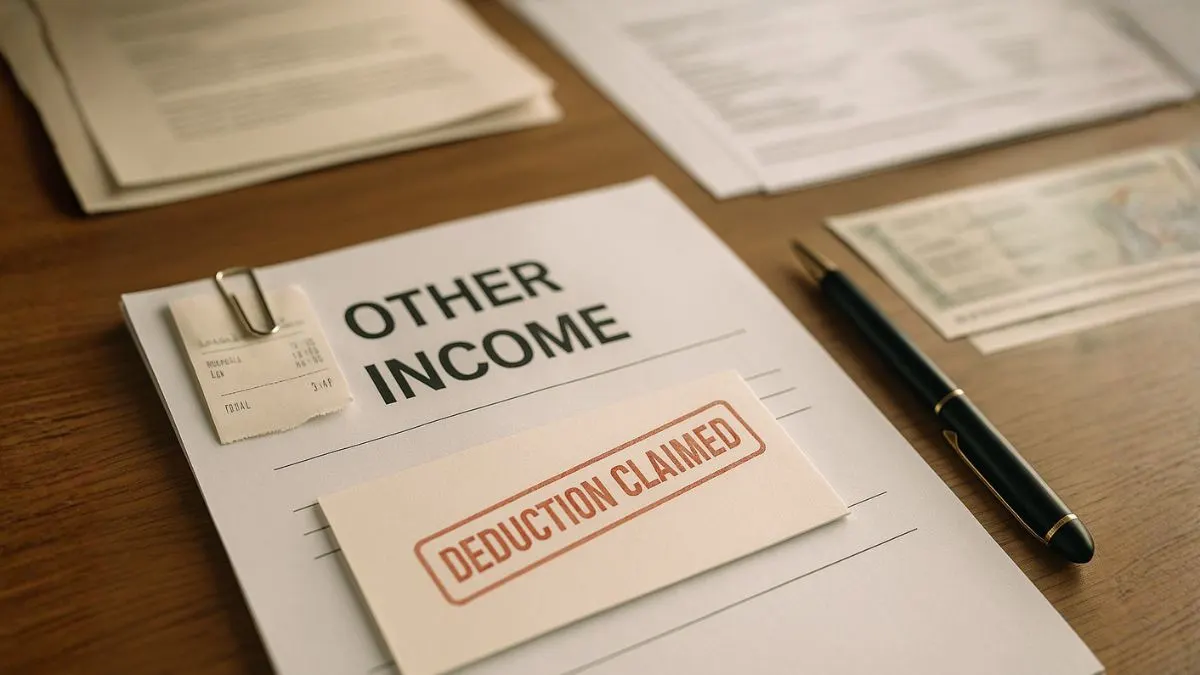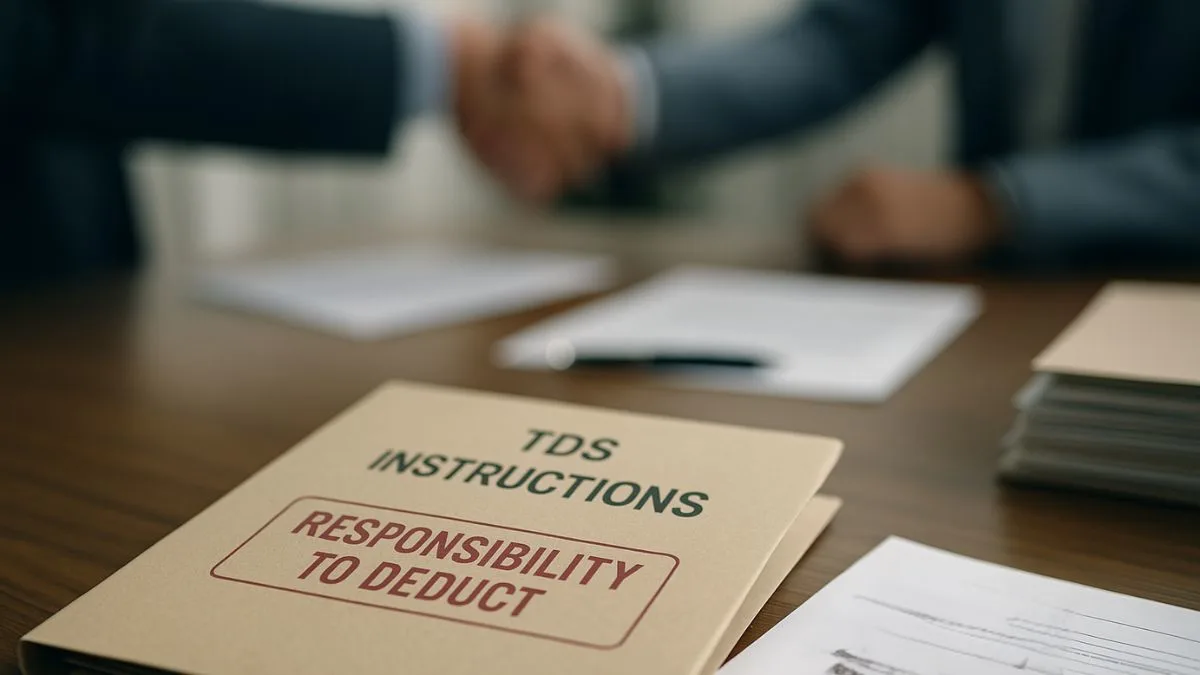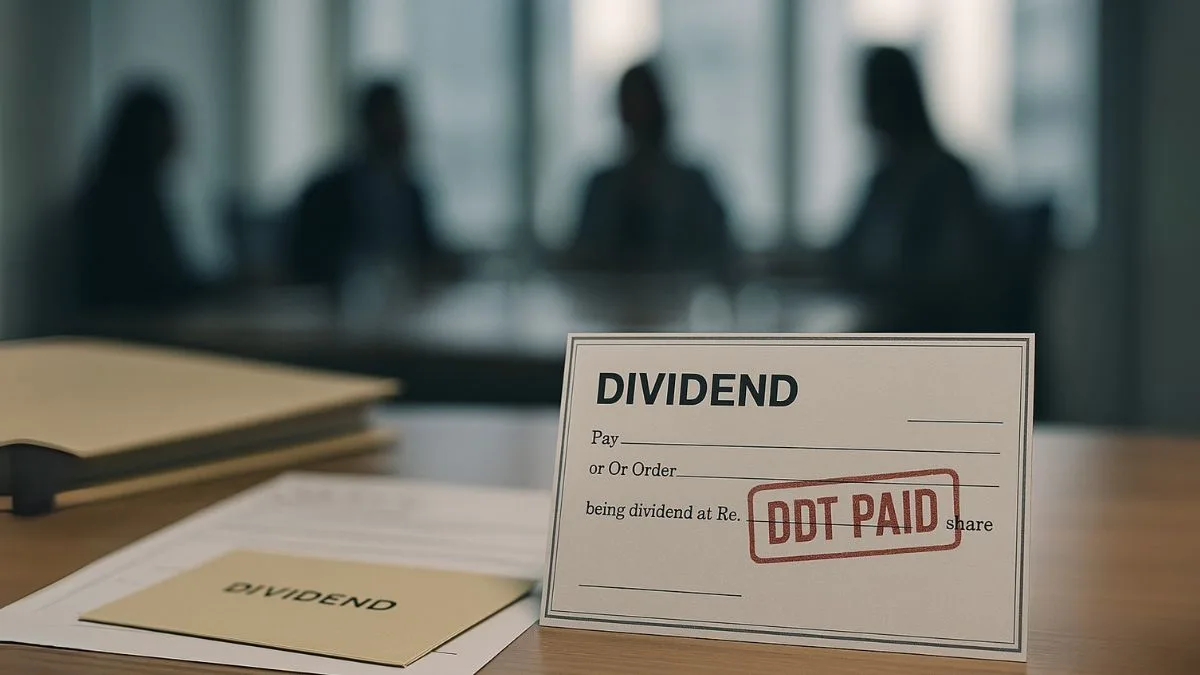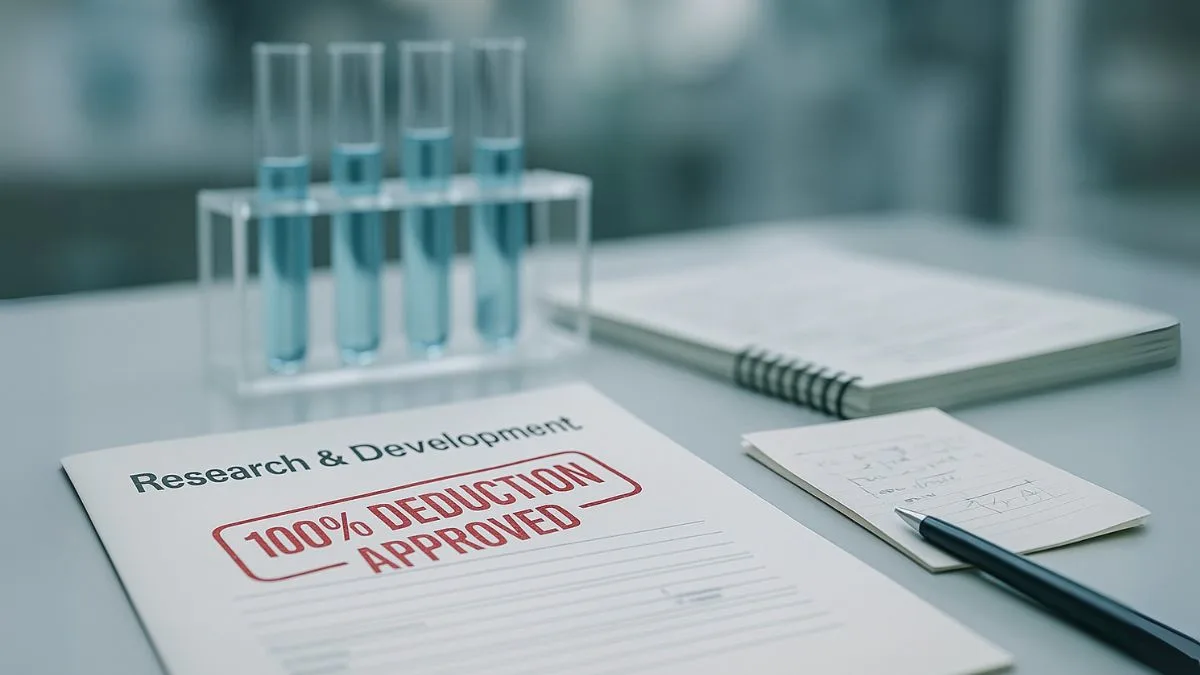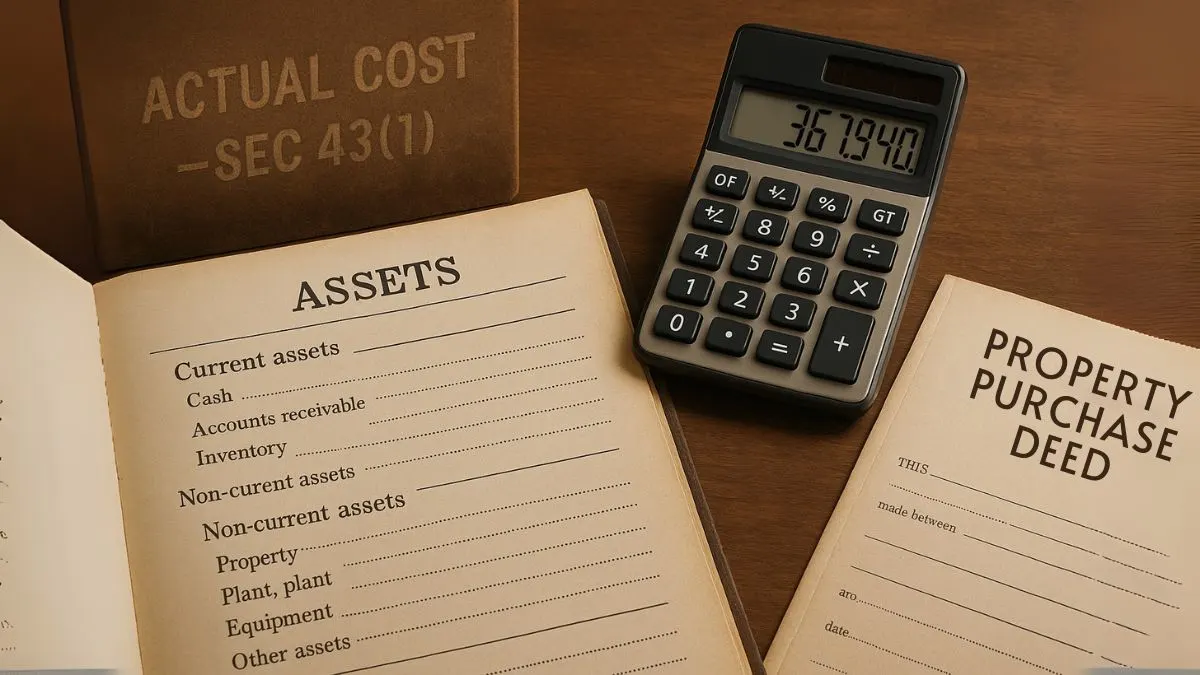
When it comes to computing business income under the Income Tax Act, 1961, one of the most fundamental aspects is the valuation of assets. Without knowing how to calculate the actual cost of the assets to the assessee, it is impossible to determine depreciation, deductions, or the taxable profits of a business. This is exactly where Section 43(1) of Income Tax Act comes into play.
This section falls under the head “Profits and Gains of Business or Profession” and deals with definitions of certain terms relevant to income from profits and gains. By defining “actual cost,” it sets the groundwork for accurate tax computation. Businesses, professionals, and accountants often rely on this section for guidance while preparing returns and balance sheets.
What is Section 43(1) of the Income Tax Act?
Section 43(1) defines the term actual cost. In simple words, actual cost is the cost for which an asset is acquired by the assessee. It is not just the purchase price of the asset but also includes all expenses incurred to bring the asset into existence and put it into working condition for its intended use.
For example:
- If a company buys machinery for ₹5,00,000 and spends another ₹50,000 on installation and transportation, then the actual cost of the asset will be ₹5,50,000.
- However, if any subsidy or grant is received for the purchase of this machinery, the amount of subsidy is reduced while calculating the actual cost.
Thus, Section 43(1) provides a clear framework for determining how assets should be valued in the books of accounts for tax purposes.
Importance of Actual Cost in Taxation
The reason Section 43(1) is so important is that depreciation under the Income Tax Act is always calculated on the actual cost of the assets to the assessee. If the actual cost is wrongly determined, the depreciation claim will also be inaccurate, leading to disputes with tax authorities.
Further, this section ensures that businesses do not inflate asset costs artificially to claim higher depreciation or deductions. It brings uniformity and transparency in reporting of profits and ensures the correct computation of taxable income.
Also Read: The Tax Refund Trap That Could Cost You 200% More Than You Claimed
Key Elements of Actual Cost
According to Section 43(1), the actual cost includes:
- Purchase Price – The price paid for acquiring the asset.
- Direct Expenses – Expenditure directly attributable to bringing the asset to working condition, such as freight, installation, and customs duty.
- Exclusion of Subsidies/Grants – If the government provides financial assistance for acquiring the asset, such subsidies must be reduced from the actual cost.
- Cash Payment Restrictions – If cash payment exceeding Rs. 10,000 is made for purchase of asset, then such expenditure is ignored while computing the actual cost.
By including or excluding these items, the law ensures that the actual cost reflects the fair value of the investment."
Practical Example
Suppose an assessee purchases a car for business purposes at ₹8,00,000. Transportation & registration expenses amount to ₹40,000. However, the assessee paid ₹20,000 in cash to the dealer.
- Total purchase price: ₹8,00,000
- Add: Transportation and registration: ₹40,000
- Less: Cash payment exceeding ₹10,000 = ₹20,000 (disallowed)
Actual cost of the asset = ₹8,20,000.
This adjusted figure will then be used for depreciation purposes in the Income Tax Return (ITR).
Relation with Profits and Gains of Business
Section 43(1) falls under provisions dealing with Profits and Gains of Business or Profession. Since income from business is calculated after adjusting expenses, deductions, and depreciation, determining the actual cost of the assets to the assessee is critical. It ensures that the depreciation claimed by the assessee is neither understated nor overstated.
In fact, the definitions of certain terms relevant to income from profits & gains provided under Section 43, including actual cost, written down value, and block of assets, create the foundation for correct tax computation.
Also Read: The Overlooked Rule That Could Cost You ₹10,000 per Day
Judicial Interpretations
Over the years, various courts have interpreted Section 43(1) to settle disputes between taxpayers and the Income Tax Department. The judiciary has consistently held that:
- Actual cost is the cost for which an asset is acquired by the assessee, minus any subsidy, grant, or financial assistance received.
- Any artificial inflation of cost to claim higher depreciation will be disallowed.
- Cash payments above the prescribed limit cannot form part of the actual cost.
These rulings reinforce the purpose of Section 43(1): ensuring fairness & accuracy in taxation.
Common Issues Faced by Taxpayers
Despite clear provisions, businesses often face challenges in applying Section 43(1). Some common issues include:
- Treatment of subsidies and whether they should be deducted from the actual cost.
- Disallowance of expenses paid in cash above ₹10,000.
- Inclusion of expenses such as insurance, repairs, or trial run costs in the actual cost.
- Determining actual cost when assets are acquired through exchange, gift, or at concessional rates.
In each of these cases, the principle remains the same – only genuine, business-related costs directly connected with acquisition should be considered.
Importance for Compliance
From a compliance perspective, Section 43(1) ensures that taxpayers follow transparent accounting practices. Businesses are required to maintain detailed records of their assets, mode of acquisition, and payments made. If the actual cost 99 of the assets (recorded value) does not match the computation rules, the tax officer can demand clarifications.
Non-compliance may not only lead to disallowance of depreciation but also penalties. Hence, this section acts as a safeguard against tax evasion."
Why Section 43(1) Matters for Businesses
For any business entity, assets form the backbone of operations. By defining actual cost, Section 43(1):
- Protects the revenue interest of the government.
- Provides certainty & uniformity to taxpayers.
- Discourages fraudulent inflation of costs.
- Encourages digital transactions by disallowing cash payment exceeding Rs. 10,000 for purchase of asset.
This balance between promoting genuine business expenses and discouraging malpractice is the essence of tax law.
Also Read: Capital Gains, Inherited Property & Cost of Acquisition Explained
Conclusion
Section 43(1) of the Income Tax Act may appear to be a technical definition, but its impact is far-reaching. By defining actual cost of the assets to the assessee, it lays down the basis for depreciation, deductions, and the computation of profits and gains of business. The principle that actual cost is the cost for which an asset is acquired by the assessee ensures fairness, consistency, & transparency in taxation.
Whether it is preventing misuse through cash payment exceeding Rs. 10,000 for purchase of asset, or reducing subsidies from the asset’s cost, this section reflects the government’s intent to balance taxpayer relief with accountability.
👉 Want to ensure your business claims the right depreciation & tax benefits without falling into compliance traps? Our team at Callmyca.com helps businesses and professionals calculate asset values, file accurate returns, and save maximum taxes legally.


